analysis by Sheila Eggleston
- P&G's Iams shakes up the sector
- Spectrum of products widening
- Pets catered for like humans
- Wet food strongest but dry growing
- Multipacks push multiple sales
The battle lines are drawn in wet and dry petfood as last year's newcomer Procter & Gamble makes further inroads into the UK grocery scene.
P&G's entry with Iams complete dry food ranges for cats and, more recently, for dogs has shaken up the market. It acquired the Iams company in a $2.3bn deal in September 1999 and since then has proceeded to transform the grocery fixture.
All its products are meat based with no artificial colourings, flavourings or preservatives and are focused on key life stages from puppy to senior animal. This year the range is backed by a massive £28m marketing budget.
P&G's spokeswoman Marian Baker says: "There's a big opportunity, via education, to ensure that pet owners choose the best food according to their individual dog or cat's lifestage. In grocery we've invested significantly in instore material including simple colourcoded shelf information describing the benefits of products."
Encouraging new users is a starter pack promotion for a limited period. This consists of a storage tin containing one week's supply of food in a bag of food, a measuring cup, nutritional information, a petcare line contact number and a money-off next purchase voucher.
Head to head with P&G are rivals Pedigree Masterfoods and Nestlé's Friskies which have responded to the challenge with investment in new look ranges and multimillion pound support. Pedigree has revitalised its complete dry dogfood range to offer customised products for dogs of all ages and lifestyles. Its Whiskas catfood has been given an ingredient called Lifecare which is a combination of vitamins and antioxidants to help boost a cat's immune system.
Pedigree's head of external relations Michael Jenkins says: "It's fair to say a lot of the healthy attributes people see in their own diets and food is what they expect for their pets, and it's important to make packaging as easy to locate as possible, highlighting key product areas where people want more information."
Pedigree claims its complete dry and wet canned lines are still the driving force in dogfood, with dry food accounting for 20% growth. Pedigree Complete is its star performer and it will focus on the 1kg and 1.5kg pack sizes this year.
Convenience is the key factor for pet owners. Less free time and preference for a one-stop shop are all part of the decision making process. Complete dry food has grown considerably because of convenience and less mess appeal, but wet still has the strongest share of the market, its decline buffered by consumers' adoption of pouches and an increased number of multipack offers.
Pedigree says Whiskas catfood has shown a 4.5% increase in sales year on year. "Whiskas pouches revolutionised the wet cat food market because they are resealable, disposable and hygienic," says Jenkins. "Pouches now account for a third of all Whiskas sales and have been extended to KiteKat and KiteKat Kitten."
Yet Friskies marketing manager Mark Nelson says in spite of the focus on single serve cat food, canned cat food is worth £474m and is still one of the largest sectors.
It has added omega oils to the reformulated recipes of Go-Cat dry, canned and single serve lines, and a new format to boost sales of its bestselling 400g Felix lines has been introduced. Felix Duo combines chunky meat in jelly with a smooth meat.
Part of its 2001 marketing drive is a new press campaign targeting independents. Friskies says this initiative will highlight new products and ways to boost sales by improved fixtures.
Multipacks are being used by many companies to drive sales such as Friskies on Felix, Go-Cat and a reformulated Gourmet Gold. And Denes Natural Pet Care is running a four-for-the-price-of-three promotion on its Gourmet range for a limited period.
Butcher's Pet Care head of marketing Paul O'Reilly says multipacks have fuelled its growth in multiples and c-stores where most consumers buy six cans at a time.
Butcher's is in both wet and dry sectors. Its stylish Classic catfood range has carved a niche in the sector, accounting for 1.5% of wet catfood, and two more variants have been added Nautically Nibbly Haddock and Ace Tastin' Rabbit & Chicken.
"Petfood is very much a branded arena. People trust brands even if they switch them," says O'Reilly. "However, the biggest change has been in the dry food sector where, apart from the launches and the newcomers, PoS is becoming more widely used.
"Iams has standalone fixtures. This is an innovation in grocery and will attract more people."
Butchers Pet Care has gone through its own metamorphosis following a restructure of parent FW Baker in March. Butcher's Pet Care has now emerged as a separate business responsible for the Butchers and Classic brands.
Another merger on the horizon is Nestlé's $10.3bn takeover of Ralston Purina, still subject to regulatory clearance.
Best known for its Bakers Complete dry dogfood, tooth friendly treats and meals for overweight dogs, Ralston Purina has now launched its first product specially designed for dogs with food allergies. Bakers Complete Sensitive is free from gluten, soya, artificial colours and red meat.
Snacks and treats is the fastest growing sector in petfood where the pets' impulse sector is designed to tempt owners.
Pedigree tops the league table with Schmackos meaty strips and has five of the bestselling brands in this sector [TNS]. Its newest is Pedigree Light & Tasty, a low fat range for dogs to munch between meals.
Pet accessory specialist Cork International encourages accessories and treats to be merchandised next to petfood. 45% of its business is the pet food trade but because of multiples' penetration 74% of snacks and treats this number is diminishing. Tesco is the prime outlet for its Hartz brand.
Cork's bestselling treat is pigs' ears. "Dogs love them," says brand manager Andy Mills. "It's like dog cocaine. Humans aren't so keen in fact they are quite put off because they look just like pigs' ears but the product is bought in resealable packs so they aren't so offended.
"We are now looking at new healthy treat products, such as a two-in-one functional treat."
The company estimates that pet OTC health accounts for 40% of the market and is growing at 22% year on year. Dental care, cures for halitosis, and vitamins and supplements for arthritic animals are just some of the areas where the lives of humans and pets cross. Another bestseller is flea control. "It used to be that 40% of sales were between June and the end of August. But now we are getting a blip in October when the central heating comes on which encourages them to breed," says Mills.
{{FOCUS SPECIALS }}
Close menu
- Home
- Retail & Wholesale
-
Products & Suppliers
- Back to parent navigation item
- Products & Suppliers
-
Product Categories:
- Back to parent navigation item
- Product Categories:
- Alcoholic drinks
- Bakery
- Cereals & breakfast
- Cheese
- Chicken & poultry
- Chocolate
- Confectionery
- Crisps, nuts & snacks
- Dairy
- Fish
- Fresh produce
- Frozen
- Household
- Meat
- Own Label
- Sauces & condiments
- Seasonal
- Soft drinks
- Vaping
- Vegan & plant-based
- World foods
- Suppliers
- People
- Reports & Data
-
Topics A-Z
- Back to parent navigation item
- Topics A-Z
-
Popular topics:
- Back to parent navigation item
- Popular topics:
- Cost of living crisis
- Crime
- Deposit Return Schemes
- Finance
- Government & Regulation
- Health
- Inflation
- Loyalty
- Marketing
- Mergers & Acquisitions
- New Product Development
- Sourcing
- Supply chain
- Sustainability & environment
- Technology
- Ultra Processed Foods
- Vaping
- A-Z all topics
- Content by type:
- Events
- Ask iA (beta)
- Subscribe now
Sign in to comment on this article
Not logged in before? Register for FREE guest access today.
You will be able to:
- Read more stories
- Receive daily newsletters
- Comment on stories
Advert
Related articles
-

What can UK retailers learn from US year-end occasions?
This content is provided by Food Export USA
-
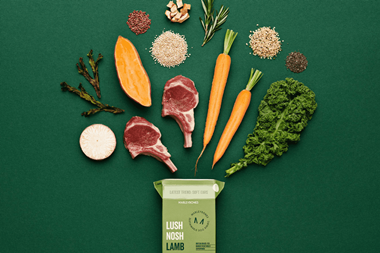
-
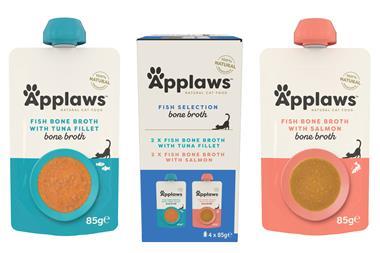
-
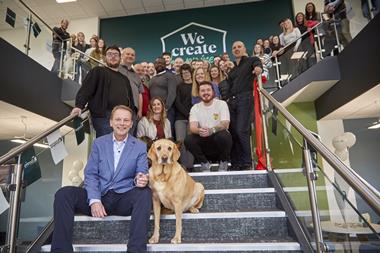
-
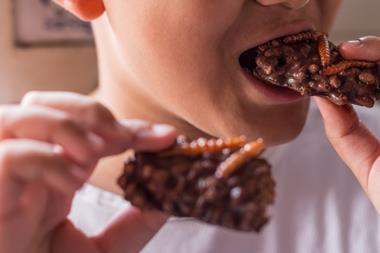
-
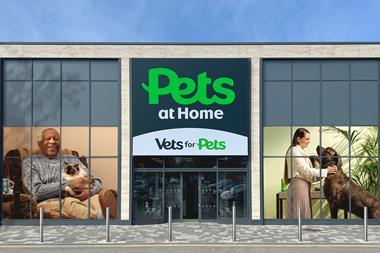



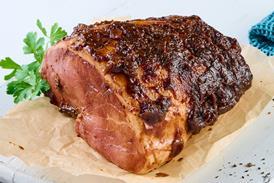


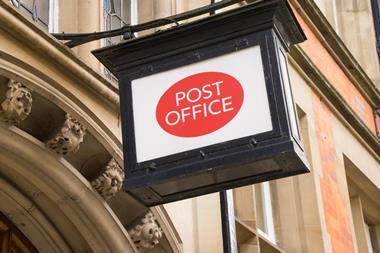





No comments yet